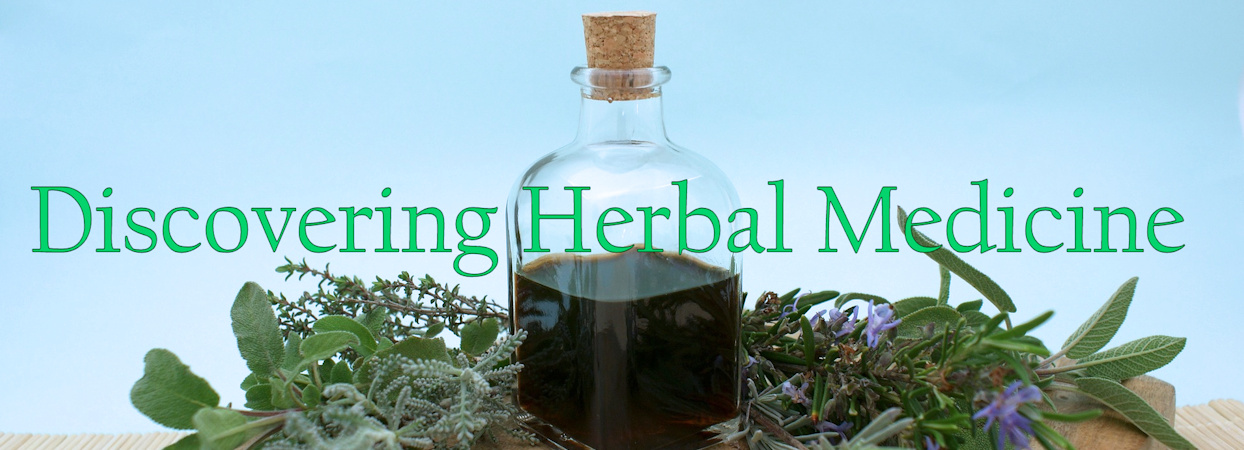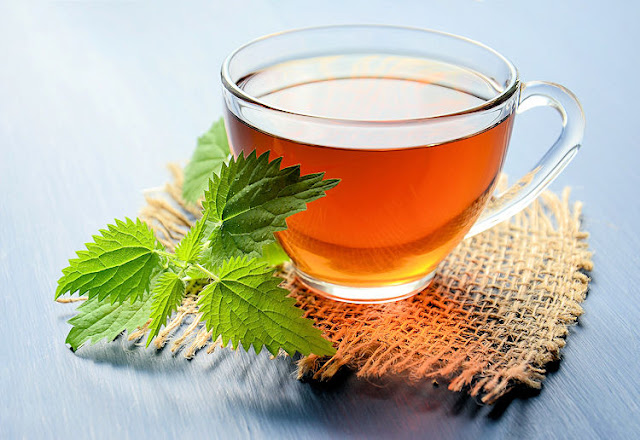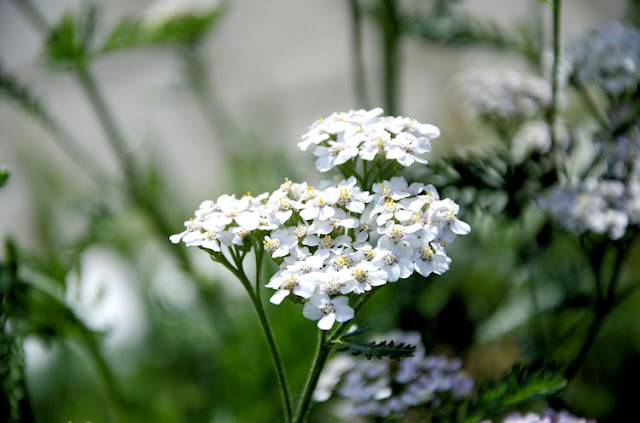Last week I wrote some Facts About: Nettles, which brought to mind a lovely recipe for Nettle Beer that I stumbled across many years ago in A Modern Herbal, Maud Grieve's book, so this week I thought as nettles are in season, I would share my adaptation of Mrs Grieve's recipe, a drink she says was once used as a folk remedy in the elderly for "gouty and rheumatic pains".
Mrs Grieve's original recipe (see photo below) made 2 gallons (which is a large quantity if you're not sure if you're going to like it), my version makes approximately 3/4 gallon. Grieves recipe also called for using a slice of toast and fresh compressed yeast the kind that they once used to make bread which is often referred to as Brewer's or Baker's Yeast, but I adapted my recipe to use a general purpose beer and wine making yeast. Grieves Nettle Beer is light, not very alcoholic, nor was it very sweet, it was rather dry in fact, but very refreshing. My version is a little sweeter but its not designed to be made and left for long periods of time, its best drunk sooner rather than later, leaving the brew too long the flavour will alter and not for the better 😬
If you don't have any dandelion leaves, Grieve recommended using the juice of 2 lemons as a substitute, but I put the juice of 2 lemons in anyway. She also spoke of ringing the changes by adding Meadowsweet (Filipendula ulmaria), Burdock Root (Arctium lappa), Avens (Geum urbanum) or White Horehound (Marrubium vulgare) to the recipe in place of the Dandelion.
Ingredients
| My Recipe • 3.78 Litres Water • 750g Fresh Nettles • 50g Fresh Dandelion Leaves • 50g Fresh Cleavers • 15g Fresh Ginger Root, Grated • 2 Lemons, Juiced • 550g Demerara Sugar • 1 Tsp Dried Active Wine & Beer Making Yeast • 28g Cream of Tartar 1 x 1 Gallon Demijohn 2 x 2 Litre Recycle Clear Plastic Fizzy Drink Bottles |
Method
1. Pour the water into a large pan that is big enough to hold more than 4 litres to allow room for stirring.
2. Add the Nettles, Dandelion, and Cleavers and bring them to the boil, turn down the heat and allow to simmer for 25 - 30 minutes.
3. Stir in the sugar, ginger, cream of tarter and lemon juice and bring the mixture back to the boil and then slowly simmer for 5 minutes longer. Then add the lid to the pan and set it aside to allow the beer to cool to lukewarm (about 21°C).
4. Once the liquid is lukewarm, add the yeast and stir, strain the beer into a demijohn and add an airlock or place a clean piece of cloth or muslin over the whole and use a rubber band to secure the cloth in place.
6. Allow the beer to ferment for 7 days then bottle in to recycled glass, or plastic bottles the kind designed for fizzy drinks, I use old Grolsch bottles that have been cleaned and sterilised, they have a stopper top that is ideal for allowing you to open the beer to release excess carbonation from it. Too much and the bottles can explode, another reason to drink this beer quickly! Clear fizzy drink bottles allow you to see if there is an excess of gas building up, this can be released by simply opening the cap slowly to release any excess fizz!




